When it comes to ensuring the durability and reliability of electronic devices in challenging environments, the Ingress Protection (IP) rating system is indispensable. This system categorizes how well a device is protected against dust and water ingress. For those keen on understanding the zenith of this protection standard, it’s crucial to explore what constitutes the highest possible IP rating.
Unveiling the Highest IP Rating
The IP rating system is denoted by the format IPXX, where the first ‘X’ represents protection against solid objects (like dust), and the second ‘X’ denotes protection against liquids (like water). The highest IP rating you can achieve is IP69K.
IP69K signifies:
6: Complete protection against dust ingress. This means the device is fully sealed and impervious to any form of dust.
9K: Protection against high-pressure, high-temperature water jets. Devices rated at IP69K can withstand powerful water jets from any direction, even at close range.
Why IP69K Matters
Devices with an IP69K rating are built to endure extreme environments. This level of protection is particularly critical for industries and applications where devices are exposed to intense conditions. Here’s why IP69K is a game-changer:
Industrial Equipment: Machines and components in manufacturing plants often need to endure harsh cleaning processes involving high-pressure water jets. IP69K ensures that these devices remain functional and reliable despite frequent and aggressive cleaning.
Automotive Industry: Vehicles, especially those used in off-road conditions or exposed to heavy rain and mud, benefit from IP69K-rated parts. This rating ensures that critical components like sensors and control units remain operational even in the harshest environments.
Food Processing: In the food industry, equipment needs to be regularly cleaned and sanitized. IP69K ratings guarantee that processing and packaging equipment can handle the rigorous cleaning processes without compromising performance.
Practical Tips for Achieving IP69K
Design Considerations: Achieving an IP69K rating requires meticulous design to ensure all potential ingress points are sealed. This includes the use of high-quality gaskets, seals, and enclosures.
Testing Protocols: Conduct rigorous testing to ensure that your product meets the IP69K standards. This involves exposing the device to high-pressure water jets at various angles and temperatures.
Material Choices: Use materials that can withstand high temperatures and pressures. The enclosures should be robust enough to handle the stresses of the testing procedures without degrading.
Real-World Applications
Military and Aerospace: Equipment used in military and aerospace operations often operates in extreme conditions. IP69K-rated devices ensure that critical systems remain operational in unpredictable environments.
Medical Devices: Devices used in healthcare settings, particularly those involved in surgical procedures or diagnostics, benefit from IP69K ratings to maintain hygiene and operational reliability.
Understanding the highest possible IP rating, IP69K, highlights the advanced level of protection available for electronic devices. Whether you’re in the automotive, industrial, food processing, or any other sector where durability is key, knowing and ensuring this top rating can be a significant advantage.
If you have questions about how IP ratings affect your products or need to test your devices for IP69K certification, contact us at CDG. Our expertise in ingress protection testing can help ensure that your products meet the highest standards of durability and reliability.


